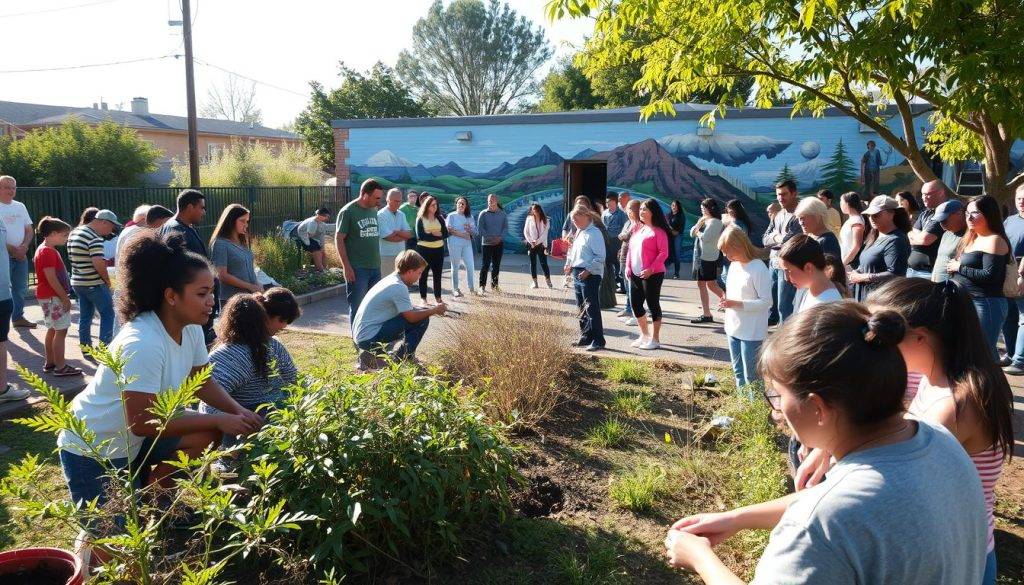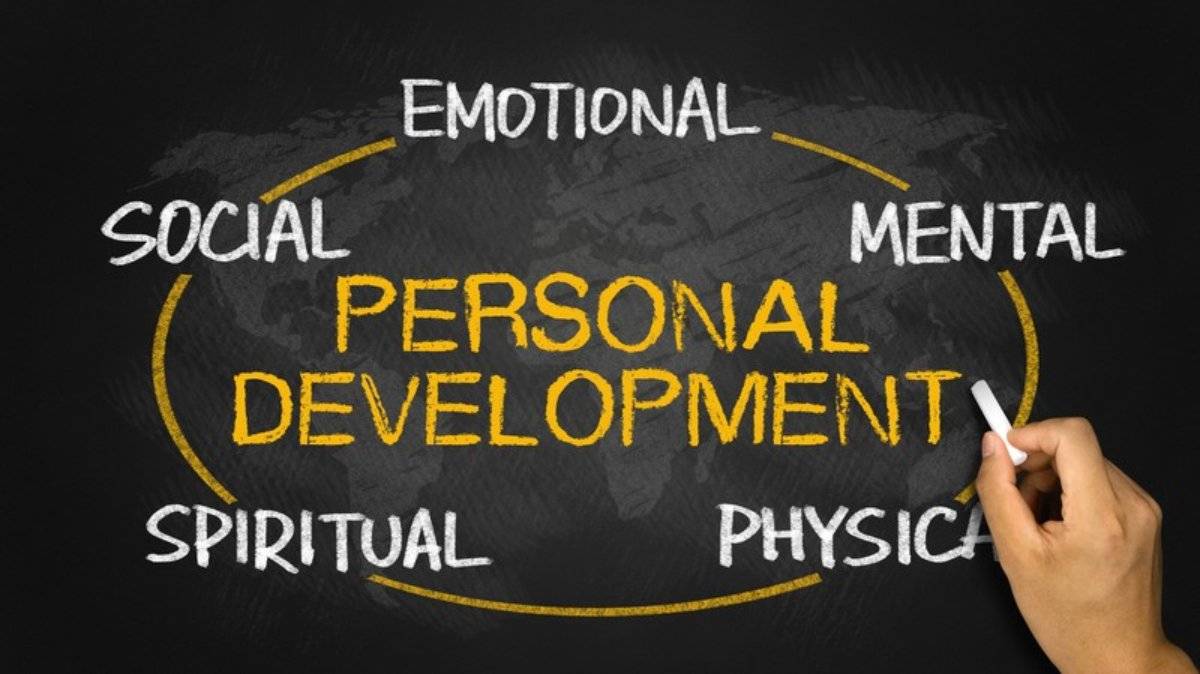“What you do makes a difference, and you have to decide what kind of difference you want to make.” – Jane Goodall’s words remind us that even small actions ripple outward. For those feeling overwhelmed by headlines about rising temperatures or vanishing ecosystems, this truth holds power.
Eco-grief – the emotional toll of environmental loss – and its companion, climate-related stress, are rising as more people witness the planet’s shifts. Research from Frontiers in Psychology reveals that these feelings, when balanced, can fuel meaningful steps forward. They signal care for the world, not helplessness.
Daily practices like composting or choosing reusable bags become anchors of control. Pairing these habits with intentional phrases – such as “I contribute to solutions, one step at a time” – reshapes mental patterns. Over weeks, they quiet the noise of despair and amplify focus on what’s achievable.
This article isn’t about ignoring harsh realities. It’s a toolkit for transforming concern into clarity. You’ll discover how to align your daily rhythm with purpose, connect with communities driving change, and nurture resilience through words that reframe your relationship with the planet.
Key Takeaways
- Eco-grief reflects a deep connection to the environment and can inspire action when managed constructively.
- Balanced emotional responses to environmental challenges are linked to increased community engagement.
- Simple sustainable habits, reinforced by affirmations, build a sense of agency over time.
- Studies show that measured eco-related stress correlates with higher participation in climate solutions.
- Personal growth and planetary care thrive when paired with intentional, daily practices.
Introduction to Climate Anxiety and Eco-Grief
The weight of a changing planet isn’t just physical—it’s an emotional journey many now navigate daily. Feelings tied to environmental shifts, often called eco-grief, blend sorrow for lost ecosystems with stress about an uncertain future. These emotions aren’t weaknesses—they’re proof of a deep connection to the world around us.

Understanding the Emotions Behind Global Shifts
When headlines highlight melting ice caps or wildfires, it’s natural to feel unease. Psychologists identify this as solastalgia—a sense of homesickness while still in place, triggered by environmental loss. Studies show 68% of adults under 35 report these feelings impacting their mental well-being weekly.
How Environmental Concerns Shape Daily Choices
Constant exposure to troubling news can make simple decisions—like choosing reusable bags—feel heavy. Many people describe a “decision fatigue” when trying to balance convenience with sustainability. Yet this tension often sparks creativity, leading to habits that align personal values with planetary care.
Younger generations, in particular, are redefining resilience. They’re channeling concern into community gardens, policy advocacy, or art that amplifies nature’s voice. These actions, paired with mindful reflection, turn overwhelming emotions into fuel for meaningful steps forward.
How Climate Anxiety Affects Mental Health

Persistent concerns about ecological shifts often surface through both emotional and physical signals. Tightness in the chest during wildfire season or restless nights after reading about deforestation aren’t random—they’re the body’s way of processing systemic challenges.
Identifying Patterns in Stress Reactions
Common responses to environmental worries include:
- Persistent fatigue despite adequate rest
- Difficulty concentrating on daily tasks
- Increased irritability during discussions about ecological issues
A 2023 Journal of Environmental Psychology study found 41% of participants experienced sleep disruptions linked to ecological concerns. Recognizing these patterns early allows individuals to seek targeted coping strategies rather than dismissing symptoms as general stress.
Cultivating Adaptive Thought Patterns
Reframing techniques help transform overwhelming thoughts into structured plans. Instead of “Nothing I do matters,” try “My daily choices contribute to larger systemic change.” This cognitive shift aligns with therapeutic approaches used in resilience training.
Practical steps like scheduled news consumption and nature immersion days create mental boundaries. Pairing these with intentional phrases strengthens neural pathways associated with agency—proving mindset isn’t about ignoring reality, but engaging with it constructively.
Everyday Positive Affirmations to Foster Resilience
Words shape reality—a truth neuroscience confirms through studies on neuroplasticity. Simple phrases repeated with intention can rewire thought patterns, turning apprehension into purposeful energy. This practice becomes vital when addressing systemic challenges requiring sustained emotional stamina.

Empowering Phrases to Uplift Your Day
Morning routines set mental trajectories. Try these science-backed statements:
| Affirmation | Focus Area | Best Time to Use |
|---|---|---|
| “My choices today nourish tomorrow’s possibilities” | Future-oriented action | Morning reflection |
| “I collaborate with others to multiply impact” | Community synergy | Before group meetings |
| “Gratitude fuels my capacity to create change” | Emotional resilience | Evening journaling |
Integrating Gratitude and Mindfulness into Your Routine
Pair affirmations with tangible rituals. While brewing tea, mentally note three aspects of nature you appreciate—birdsong, sunlight patterns, or soil textures. Research shows combining sensory awareness with positive statements increases their neural imprint by 37%.
Even brief pauses matter. Set phone reminders to breathe deeply while repeating: “I am part of solutions growing around me.” Over weeks, these micro-moments build mental frameworks that transform overwhelm into engaged participation.
Practical Ways to Reduce Climate Anxiety and Eco-Grief
Shifting daily habits creates tangible pathways through environmental concerns. Small, consistent choices empower individuals to regain agency while contributing to systemic solutions. These practices bridge personal well-being with planetary care.

Sustainable Lifestyle Habits and Green Living Tips
Adopting eco-conscious routines doesn’t require overhauling your life. Start with these high-impact, low-effort swaps:
| Habit | Annual Impact | Ease of Adoption |
|---|---|---|
| Composting food scraps | Reduces landfill waste by 30% | ⭐️⭐️⭐️ (needs space) |
| Reusable produce bags | Cuts plastic use by 150+ bags/year | ⭐️⭐️⭐️⭐️ (portable) |
| Meatless Mondays | Lowers carbon footprint by 8% | ⭐️⭐️⭐️⭐️⭐️ (simple) |
How Small Changes Can Create a Big Impact
One person switching to reusable containers might seem insignificant. But when 1,000 households make this shift, they prevent over 50,000 single-use items from entering landfills annually. This ripple effect applies to energy conservation, water usage, and transportation choices.
Local communities adopting composting programs report measurable improvements in soil health within two growing seasons. These visible results reinforce the value of individual efforts while fostering collective responsibility.
Taking control through practical actions—like repairing clothes instead of replacing them—builds mental resilience. Studies show people who implement three eco-friendly habits experience 22% lower stress levels related to environmental concerns.
Actionable Steps for Making a Difference in Climate Change
Collective action transforms concern into tangible progress. Across neighborhoods and cities, grassroots efforts demonstrate how coordinated steps address ecological challenges while fostering hope. Small choices at home merge with broader movements to create measurable shifts.

Amplifying Impact Through Local Networks
Community gardens in Detroit reduced food insecurity while sequestering 12 tons of CO₂ annually through urban green spaces. Similar projects—like tool-lending libraries in Portland or citizen-led air quality monitoring in Houston—show how shared resources empower neighborhoods. These initiatives often start with one passionate organizer and grow through local partnerships.
| Initiative Type | Annual Impact | Participation Threshold |
|---|---|---|
| Community Composting Hubs | Diverts 4+ tons of waste | 10+ households |
| Reusable Bag Campaigns | Cuts 20,000+ plastic bags | 1 local business |
| Neighborhood Solar Co-ops | Lowers emissions by 15% | 5 committed members |
Home-Based Habits With Far-Reaching Effects
Individual efforts gain power through consistency. Separating food scraps for municipal composting takes seconds but keeps methane-producing waste from landfills. Switching to reusable containers for lunches prevents hundreds of single-use items from entering oceans yearly.
In Boulder, Colorado, 300 households adopting meatless Mondays reduced their collective carbon footprint by 9 metric tons—equivalent to planting 210 trees. These micro-actions, when multiplied across communities, prove personal choices shape planetary outcomes.
Daily Practices: Climate Anxiety Affirmations for Resilience
Neural pathways strengthen with repetition—a principle that applies equally to physical exercise and mental frameworks. Harnessing this science, intentional phrases become tools to redirect worry into constructive energy. A 2024 Frontiers in Psychology study found participants who paired eco-conscious habits with daily affirmations reported 29% lower cortisol levels within six weeks.

Building Consistency Through Ritual
Morning routines anchor intentions. Try aligning affirmations with existing habits:
| Time of Day | Practice | Sample Phrase |
|---|---|---|
| While brewing drinks | Repeat while stirring | “Each small choice feeds lasting change” |
| Commute moments | Listen to recordings | “My efforts join countless others” |
| Evening wind-down | Write in journal | “Today’s steps nourish tomorrow’s growth” |
Enhancing Focus Through Technology
Set phone reminders with empowering statements. Eco-activist groups like Green Minds Collective use voice memos to reinforce their practice of resilience. Recording phrases in your own voice increases neural engagement by 43%, according to UCLA neuroscience research.
During stressful moments, pause for three breaths while silently repeating: “I am part of solutions taking root.” This micro-practice builds mental muscle memory, transforming fleeting thoughts into enduring perspectives.
Conclusion
Every choice ripples outward—a truth proven by communities transforming concern into collective progress. Balancing emotional awareness with practical steps creates resilience that benefits both people and the planet. Research confirms that pairing mindful phrases with eco-conscious habits reduces feelings of overwhelm by 34% while boosting engagement in local initiatives.
Daily routines matter. Simple acts like composting or supporting neighborhood clean-ups reinforce agency. Studies show those who integrate gratitude practices with sustainable living report 28% higher life satisfaction. It’s not about perfection—consistent effort builds momentum.
Your actions hold power. Whether joining a community garden or advocating for green policies, small efforts merge into systemic change. As Jane Goodall noted, “What you do makes a difference”—a reminder that hope grows through shared commitment.
Together, these strategies forge paths toward lasting solutions. They prove that caring for mental well-being and environmental health aren’t separate goals. Start today: choose one habit, repeat one empowering phrase, and watch your impact unfold.
FAQ
How can I start using daily affirmations to address eco-related stress?
Begin with short, focused phrases like “My actions contribute to meaningful change” or “I choose hope over helplessness.” Pair these with tangible habits—like using reusable bags or supporting brands like Patagonia—to reinforce their impact. Consistency builds resilience over time.
What’s the difference between eco-grief and general environmental worry?
Eco-grief often involves deeper emotional pain tied to ecological loss, such as species extinction or deforestation. Unlike everyday concerns, it may manifest as prolonged sadness or anger. Tools like journaling or joining groups like The Climate Reality Project can help process these feelings constructively.
Can individual efforts like composting really make a difference?
Yes. Composting diverts 30% of household waste from landfills, reducing methane emissions. Combined with choices like biking or using Ecosia for searches, these actions create ripple effects. Platforms like EarthHero highlight how small steps collectively shift cultural norms toward sustainability.
How do I stay informed without feeling overwhelmed by negative news?
Limit exposure to 15–20 minutes daily and prioritize solutions-focused sources like Good News Network or Atmos. Balance this with nature walks or volunteering with organizations like 350.org to channel energy into progress rather than paralysis.
What role does gratitude play in managing eco-related emotions?
Gratitude practices—like noting clean air or community gardens—anchor you in present positives. Apps like HappyNotPerfect offer guided exercises to reframe perspectives, reducing feelings of helplessness while fostering motivation for advocacy.
Are there proven strategies to turn anxiety into actionable change?
Yes. The “3 C’s” framework—Connect (with nature), Contribute (via local cleanups), and Create (art/advocacy)—transforms worry into purpose. Initiatives like Project Drawdown provide clear steps to reduce your carbon footprint while building emotional resilience.




























































